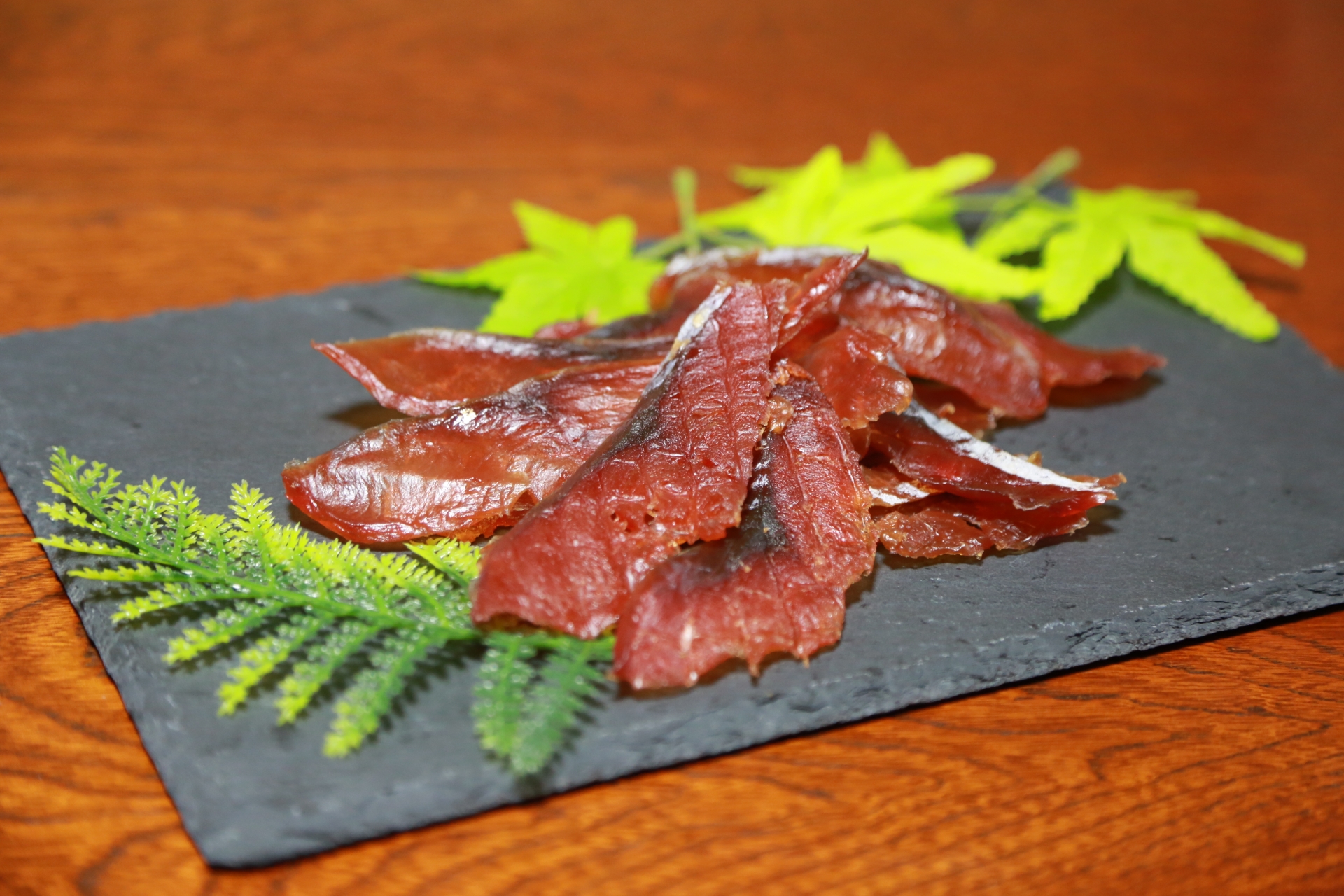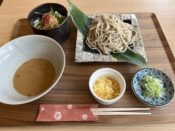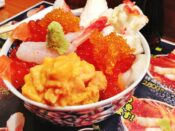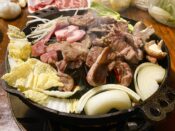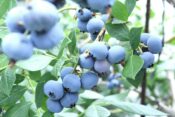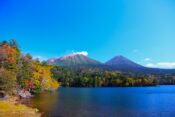鮭とば(干し鮭):北海道を代表する伝統的な珍味
北海道の伝統的な保存食である「鮭とば」は,干し鮭を使ったおつまみとして知られています。古くから北海道の先住民であるアイヌ民族が保存食として活用していた方法を現代に引き継いだもので,今では地元の人々や観光客にも人気があります。この記事では,鮭とばの魅力とともに,旅行者が実際にアクセスするための参考になる情報や,宿泊,グルメ,アクティビティについても紹介します。
鮭とばの魅力
鮭とばは,鮭をスライスし,風通しの良い場所で干して作る日本の伝統的な干物です。干すことで,鮭の旨味が凝縮され,噛むほどに味わいが深まる独特の食感が楽しめます。特に,塩加減と乾燥具合が絶妙なバランスを保つ鮭とばは,お酒のつまみとしてだけでなく,栄養価の高い保存食としても人気があります。北海道の寒冷な気候で干し上げられることで,鮭本来の風味が引き出され,現代でもアイヌ文化を感じることができる一品です。
アクセス情報
北海道の各地で鮭とばを購入することができますが,特に有名なのは根室や網走,稚内などの沿岸地域です。これらの地域では,地元の漁港で獲れた新鮮な鮭を使った鮭とばが提供されています。根室へは,札幌から飛行機やバスを利用して約1時間半でアクセス可能です。また,網走や稚内へのアクセスも良好で,車や電車を利用して行くことができます。
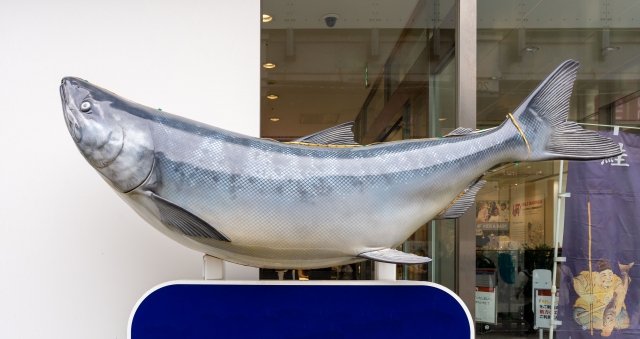
宿泊情報
根室や網走,稚内の沿岸地域には,観光客向けの宿泊施設が充実しています。特に,漁港近くの宿では,新鮮な海の幸を使った料理が楽しめる宿泊プランが用意されています。また,温泉付きの旅館も多く,鮭とばや他の北海道ならではの海産物を堪能した後に,温泉でリラックスするのもおすすめです。自然の中で静かな時間を過ごしながら,伝統的な北海道の文化を感じることができる宿泊体験が魅力です。
グルメ情報
北海道沿岸部では,鮭とばをはじめとした新鮮な海産物を使ったグルメが数多く存在します。特に,地元の市場や食堂では,鮭の刺身やイクラ丼など,北海道の鮭を存分に味わうことができる料理が人気です。また,鮭とばを使った料理やアレンジメニューも多く,鮭とばの風味を活かしたパスタやおにぎりも楽しめます。旅行中に鮭とばを購入して,家に持ち帰るのも良い思い出になるでしょう。
アクティビティ情報
鮭とばを楽しむだけでなく,北海道の沿岸地域ではさまざまなアクティビティも楽しめます。例えば,根室や網走では漁港見学ツアーがあり,実際に鮭の加工工程を見学することができる体験プログラムもあります。また,稚内では,日本最北端の地として知られる宗谷岬を訪れる観光ツアーも人気です。冬には,流氷観光クルーズやスノーシュー体験など,北海道ならではの自然を楽しむアクティビティも豊富です。
まとめ
鮭とばは,北海道を代表する伝統的な珍味であり,その独特の風味と食感は,旅行者にとっても特別な体験となるでしょう。アクセスの良い根室や網走,稚内の沿岸地域では,新鮮な海産物とともに,鮭とばを堪能できる食事や宿泊体験が充実しています。また,地元ならではのアクティビティも多く,北海道の文化と自然を存分に楽しむことができます。次回の北海道旅行では,ぜひ鮭とばを味わいながら,その魅力を感じてみてください。
Salmon Jerky (Saketoba): A Traditional Hokkaido Delicacy
Saketoba, a type of dried salmon, is a traditional preserved food in Hokkaido, renowned for its rich flavor and chewy texture. Originally developed as a preserved food by the indigenous Ainu people of Hokkaido, saketoba has become a popular snack enjoyed by both locals and visitors. In this article, we will explore the appeal of saketoba, along with practical travel information, including access, accommodation, cuisine, and activities.
The Appeal of Saketoba
Saketoba is made by slicing salmon and drying it in well-ventilated areas. The drying process concentrates the flavors of the salmon, creating a unique taste and texture that becomes richer with every bite. With a perfect balance of salt and dryness, saketoba is not only a favorite snack to pair with alcohol but also a highly nutritious preserved food. The cold climate of Hokkaido enhances the drying process, allowing the natural flavors of the salmon to shine through, offering a glimpse into the traditional culture of the Ainu people.
Access Information
While saketoba can be found throughout Hokkaido, it is particularly famous in coastal areas such as Nemuro, Abashiri, and Wakkanai. In these regions, fresh salmon caught from local fisheries is used to make high-quality saketoba. Nemuro can be accessed from Sapporo via plane or bus in approximately 1.5 hours. Abashiri and Wakkanai are also easily reachable by car or train, making these destinations convenient for travelers.
Accommodation Information
The coastal areas of Nemuro, Abashiri, and Wakkanai offer a range of accommodations for tourists. Many inns located near the fishing ports provide fresh seafood meals as part of their stay packages. Additionally, numerous hot spring ryokan are available, where visitors can relax in natural hot springs after enjoying a meal of saketoba and other local delicacies. These accommodations offer a serene experience, allowing guests to fully immerse themselves in the traditional culture and nature of Hokkaido.
Cuisine Information
Hokkaido’s coastal regions are rich in seafood delicacies, and saketoba is just one of the many offerings. Local markets and eateries serve fresh salmon sashimi, ikura-don (salmon roe rice bowls), and other salmon-based dishes. Some restaurants also feature creative dishes using saketoba, such as saketoba pasta or rice balls, allowing visitors to experience the versatile flavors of this traditional food. Bringing saketoba home as a souvenir is also a great way to remember your trip.
Activity Information
In addition to enjoying saketoba, there are numerous activities to experience in Hokkaido’s coastal regions. In Nemuro and Abashiri, you can participate in fishing port tours, where visitors can observe the salmon processing stages. Wakkanai, Japan’s northernmost point, offers popular tours to Cape Soya, providing stunning views of the northern seas. In winter, travelers can enjoy drift ice sightseeing cruises and snowshoeing adventures, immersing themselves in the natural beauty of Hokkaido’s unique winter landscape.
Conclusion
Saketoba is a traditional delicacy that represents the rich culture and natural bounty of Hokkaido. Whether visiting Nemuro, Abashiri, or Wakkanai, travelers can savor the fresh seafood, enjoy unique local experiences, and bring home a piece of Hokkaido in the form of saketoba. With easy access, comfortable accommodations, and a variety of activities, a journey to explore the charm of saketoba is a memorable addition to any Hokkaido trip
